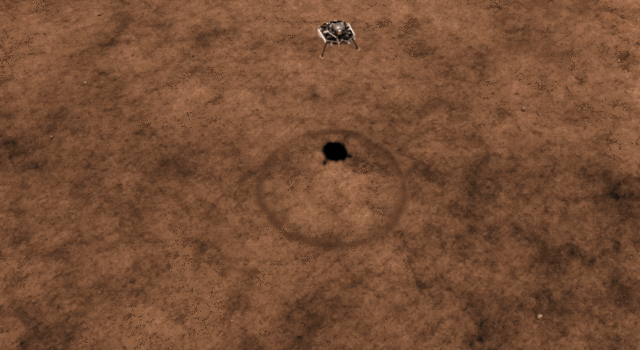 We are told that Earth and Mars are like two siblings who have grown apart: “There was a time when their resemblance was uncanny: Both were warm, wet and shrouded in thick atmospheres. But 3 or 4 billion years ago, these two worlds took different paths”:
We are told that Earth and Mars are like two siblings who have grown apart: “There was a time when their resemblance was uncanny: Both were warm, wet and shrouded in thick atmospheres. But 3 or 4 billion years ago, these two worlds took different paths”:
Long ago, Mars stopped changing, while Earth continued to evolve.
Earth developed a kind of geological “conveyer belt” that Mars never had: tectonic plates. When they converge, they can push the crust into the planet. When they move apart, they enable new crust to emerge.
This churning of material brings more than just rock to the surface. Some of life’s most vital ingredients are so-called volatiles, which include water, carbon dioxide and methane. Because they change into gas easily (that’s what makes them volatile), they can be released by tectonic action.
The fact that Mars doesn’t have tectonic plates suggests its crust was never recycled back into the planet’s interior. Could the appearance of life depend on whether tectonic plates are present to churn up volatiles?“What Two Planetary Siblings Can Teach Us About Life” at JPL-NASA News
It’s hoped that the new INSIGHT spacecraft, due to arrive on Mars on Monday, November 26, will help us understand why life on Mars either never took off or died out.
Clearly, when Mars was younger, its internal heat powered the largest volcanoes in the solar system. In addition to spewing lava, these volcanoes brought water and other gases to the surface, cloaking Mars in a thick atmosphere and perhaps even supplying ancient oceans that could have supported life.
But most of Mars’ atmosphere — and its surface water — disappeared billions of years ago, and InSight’s third major experiment aims to help researchers understand why. That requires looking all the way into the center of the planet.
Like Earth, Mars’ once had a magnetic field produced by molten metal churning in a liquid core. And like on Earth, the field protected the planet’s atmosphere from the torrent of charged particles streaming off the sun. But Mars’ magnetic field winked out quickly, exposing the Martian atmosphere to the ravages of the solar wind. Julia Rosen, “Why is Mars so different from Earth? NASA’s InSight mission will dig deep to find answers” at Los Angeles Times
No one knows why but that could change.
Follow UD News at Twitter!
See also: Is Earth’s magnetic core special too, compared to Mars’s?
and
Organic product methane found in soil samples from Mars